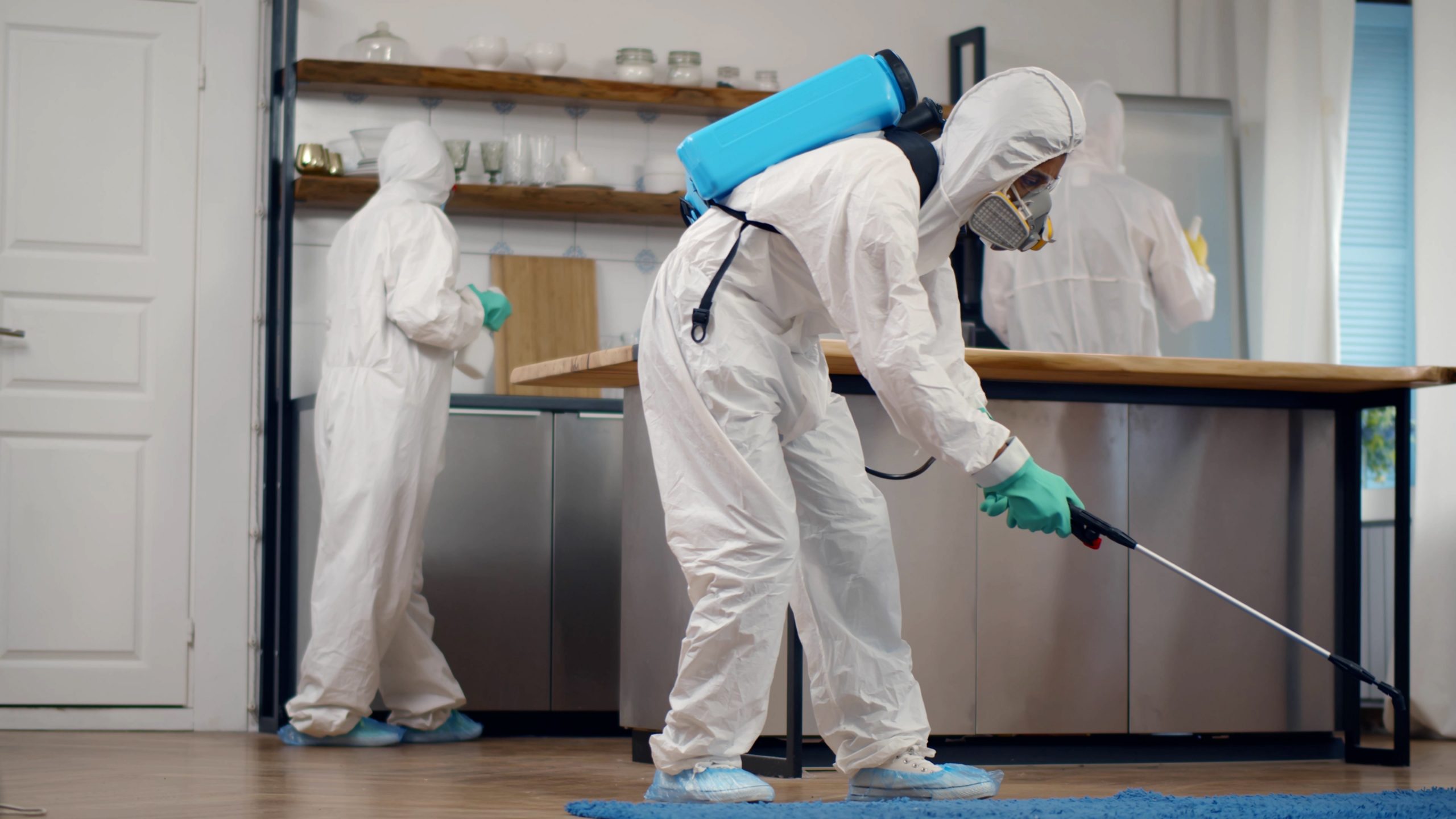Trustworthy Pest Control for total pest elimination.
Eco-Friendly Insect Control Approaches for Managing Wildlife in Urban Areas
Urban locations commonly discover themselves at the crossway of human activity and wild animals, leading to one-of-a-kind obstacles in parasite management. These methods not only safeguard the atmosphere but additionally boost neighborhood interaction in wildlife management. As metropolitan populaces continue to grow, understanding the characteristics of wildlife interactions ends up being progressively crucial.
Recognizing Urban Wild Animals Dynamics
Understanding Urban Wildlife Characteristics is essential for establishing effective and environmentally friendly insect control strategies. Urban locations are increasingly ending up being environments for numerous wildlife types, driven by aspects such as habitat fragmentation, food availability, and human encroachment. Identifying these characteristics permits a nuanced method to pest management that straightens with eco-friendly concepts.
Urban wild animals usually consists of species such as raccoons, squirrels, and birds, which adapt to city atmospheres, discovering particular niches in environment-friendly areas, parks, and also household areas. Their visibility can lead to conflicts with people, particularly when they make use of human resources for food and sanctuary. Comprehending the habits and environmental functions of these types informs strategies that minimize negative communications while promoting biodiversity.
Moreover, acknowledging the interdependencies within metropolitan ecosystems assists in identifying crucial locations for environment conservation and repair. This expertise adds to the growth of integrated pest management (IPM) techniques that consider the eco-friendly balance, thereby minimizing dependence on harmful chemicals. By cultivating coexistence between human beings and city wildlife, cities can produce healthier environments that profit both citizens and neighborhood ecological communities, leading the way for lasting metropolitan living.
Natural Repellents and Deterrents
All-natural repellents and deterrents supply a lasting alternative to standard parasite control methods by using the power of nature to maintain undesirable species away. These environmentally friendly remedies usually utilize plant-based ingredients, essential oils, and various other normally occurring materials that prevent bugs without hurting the environment.
One effective all-natural repellent is peppermint oil, which is recognized to fend off rodents and pests. Its strong scent is unpleasant to lots of bugs, making it a popular choice for metropolitan setups. In a similar way, vinegar and citrus peels can act as deterrents, as their strong smells are usually unappealing to numerous wildlife.
In addition, diatomaceous earth is an all-natural powder that can be spread out in areas susceptible to pest task, effectively dehydrating and discouraging insects without positioning risks to non-target varieties. Garlic sprays and neem oil are identified for their capacity to fend off a broad range of parasites, consisting of both bugs and larger wild animals.
Carrying out these all-natural repellents not only decreases dependence on chemical pesticides but also advertises a much healthier metropolitan community, cultivating a more well balanced coexistence in between humans and wildlife. By using these methods, city locations can efficiently handle insect populaces while lessening ecological influence.
Environment Adjustment Techniques
Efficient environment alteration techniques play an essential function in lasting insect management by modifying the environment to make it less for pest infestations. By understanding the ecological characteristics of urban areas, homeowner can implement critical adjustments that prevent parasites while advertising biodiversity.
(Gopher Control)One key method entails preserving correct cleanliness. This includes normal waste removal, safeguarding trash can, and eliminating standing water to reduce breeding websites for bugs and rodents. Additionally, landscaping techniques such as selecting indigenous plants can enhance eco-friendly balance, supplying environments for helpful microorganisms while reducing resources for pests.
One more important strategy is to seal entrance points in buildings. Examining and repairing fractures in structures, wall surfaces, and home windows can substantially lower pest gain access to. Producing physical obstacles, such as fences or plant barriers, can hinder wildlife movement right into human-inhabited locations.
Integrated Parasite Monitoring Practices
Building upon habitat modification strategies, integrated parasite management (IPM) methods use an all natural technique to regulating bug populations while lessening environmental effect. IPM combines various methods, including organic, cultural, mechanical, and chemical controls, to accomplish effective insect administration.
Biological control involves the intro of natural predators or parasites to decrease bug populations. Social techniques, such as crop turning and hygiene, disrupt pest life cycles and diminish their environments - Pest control service. Mechanical controls, like traps and barriers, offer instant relief from bug stress without chemical treatment
Chemical controls are utilized as a last hope, concentrating on targeted applications that limit harm to non-target varieties and the atmosphere. The option of eco pleasant chemicals, when needed, is integral to the IPM structure. Additionally, checking pest populaces and analyzing prospective damages aids educate decision-making, ensuring that treatments are prompt and reliable.
Community Participation and Education And Learning

(Residential pest control Port Charlotte)Workshops and informational sessions can outfit locals with expertise concerning indigenous varieties, environment conservation, and reliable safe insect monitoring strategies. Cooperation with institutions, regional organizations, and federal government firms better enhances educational outreach, ensuring sites that essential details reaches diverse audiences.
Additionally, community-led efforts, such as community clean-up days and environment repair tasks, not just advertise biodiversity however also strengthen community connections. Pest Control. By urging citizens to share their experiences and observations, areas can create targeted methods that resolve details local pest concerns
Incorporating comments from citizens right into insect administration intends makes it possible for a much more responsive and flexible technique to wildlife obstacles. Eventually, informed and engaged areas are key to achieving long-lasting success in green pest control, leading to much healthier metropolitan settings that respect both human and ecological needs.

Conclusion
In verdict, environmentally friendly bug control comes close to offer lasting services for taking care of urban wild animals. By prioritizing habitat modification, utilizing all-natural repellents, and carrying out integrated insect administration methods, areas can foster a harmonious coexistence with regional animals. Additionally, involving homeowners through education boosts understanding and urges responsible wildlife interactions. Inevitably, these techniques not only secure biodiversity yet likewise promote environmental health and wellness, guaranteeing city areas remain dynamic ecological communities where human beings and wildlife grow together.